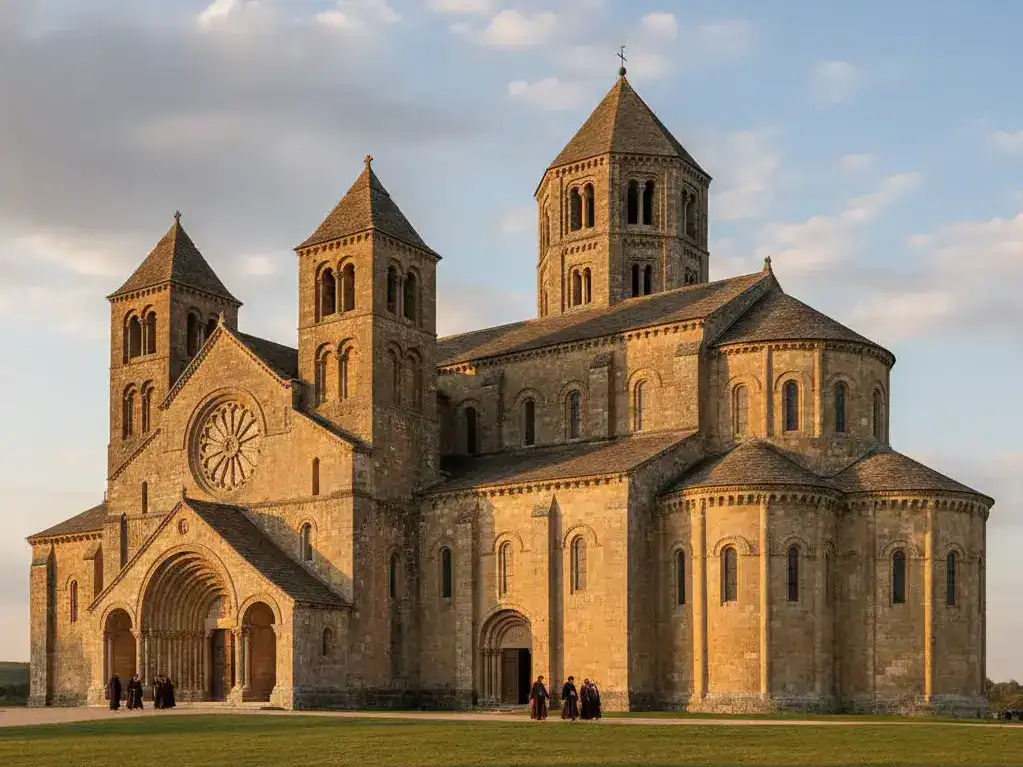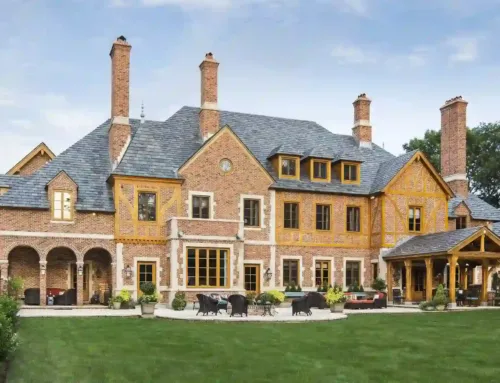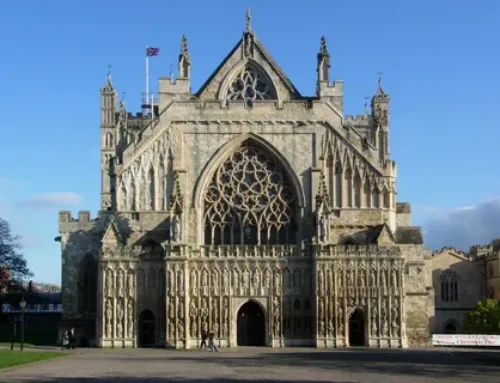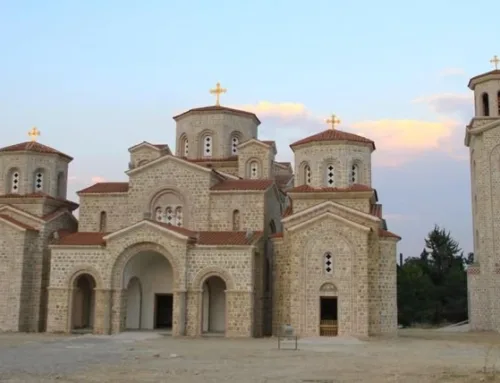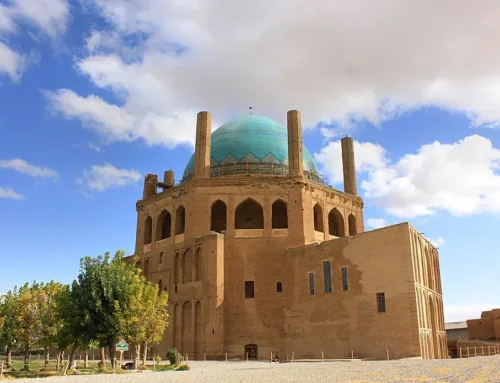What Is Romanesque Architecture? Types, Design Elements & Examples
Romanesque architecture is considered one of the most famous styles of Europe. It was in trend from the 10th century to the 12th century. This type of style was the combination of Roman, Christian traditions, and regional building practices. That is why it is named Romanesque. It directly shows that it was inspired by ancient Roman.
The best features are:
- Semicircular arches
- Vaulting techniques
- Massive stone construction
Romanesque Architecture Style started when Europe was becoming more peaceful. People were living in towns, and various religious communities were forming. That is the reason that encourages people to build strong structures.
What was the inspiration?
Romanesque architecture was inspired by different features, such as:
- Roman engineering
- Byzantine traditions
- Carolingian
- Ottonian architecture
- Local building materials
- Craftsmanship
New methods were established by the 12th century.
Elements of Romanesque Architecture
1. Rounded Arches
The main feature of this type is the half-circle arch. They are common in:
- doors
- windows
- rows of arches
- bridges
- columns
These arches are inspired by Roman architecture. They are liked because they are strong and simple.
2. Barrel and Groin Vaults
Early Romanesque churches were decorated with wooden roofs. After some time, several churches started using stone ceilings instead. They are considered safe to use as compared to fire.
3. Thick Stone Walls
Thick walls were also one of the main features of Romanesque buildings. The main reason was the heavy weight of stone ceilings. This made churches feel like castles.
4. Small, High Windows
The walls were thick, due to which the windows could not be very big. The churches used to be dark from the inside due to small windows. This created a quiet mood that made people look connected.
5. Heavy Piers and Columns
Builders used huge block-shaped piers to carry the heavy arches and roofs. These are the big supports that often took the place of the thin columns.
Romanesque architecture Types
Romanesque architecture varies from region to region. Builders styled their buildings by using the local materials.
1. Norman Romanesque
This is the local version of Romanesque, which was famous because of its huge and strong patterns. They were used for decoration purposes.
After the Normans took over England, this style changed the way many castles were built all across the country.
2. Pisan Romanesque
This type of architectural style was based in Pisa and other areas of Tuscany. Its features were:
- striped marble façades
- decorative arcades
- highly ordered geometric ornamentation
It had a lighter and more elegant appearance compared to Northern European Romanesque.
3. Lombard Romanesque
The most important features of this style include:
- small arches
- rows of arches
- detailed stone carvings
This style had a strong influence on buildings in Germany and France.
4. Catalan Romanesque
This style was famous for:
- tall bell towers
- simple building shapes
- Beautiful wall paintings inside
5. Portuguese Romanesque
People used to say these buildings look like forts. It was the combination of the solid feel of Romanesque buildings with local decorative designs.
Mostly, they had narrow windows and heavy front walls. Some features were used for the use of defense. If you are inspired by this, hire a reliable Architectural Visualization Company and design your spaces virtually.
6. Richardsonian Romanesque
This type of style came from the Middle Ages. This one copied many ideas from Romanesque architecture. The architect Henry Hobson Richardson created this style. It includes features such as:
- round arches
- thick rusticated stone
- prominent towers
- deeply recessed doorways
Examples of Romanesque Architecture
1. Speyer Cathedral, Germany
This was one of the most impressive Romanesque buildings ever created. It had:
- long nave
- groin vaults
- rhythmic piers
- monumental scale
2. Basilica of Saint-Sernin, Toulouse, France
This is also one of the most important churches for pilgrims. This has:
- small chapels
- a long central hall with a barrel-shaped ceiling
- a tall eight-sided bell tower
3. San Miniato al Monte, Florence, Italy
This building was inspired by Pisan. It was beautiful because of its exterior look. It had green and white marble patterns.
4. Durham Cathedral, England
This is one of the best examples of Norman Romanesque architecture. It has:
- huge supporting piers,
- ribbed stone ceilings
5. Coimbra Old Cathedral, Portugal
This church almost looks like a fort. It has small windows and a very beautiful exterior. To prevent mistakes, you must outsource Architectural Rendering Services and design spaces flawlessly.
Conclusion
Romanesque architecture is the best part of Europe’s building history. The main features, like thick stone walls, round arches, and others, are still famous today. Modern architects use them in residential, commercial, and other buildings. Now, the design process has become quite easier due to advanced technologies. Visualizers use advanced software to provide 3D images and animations. This helps investors to see what their future building will look like after decorations and other installations.

